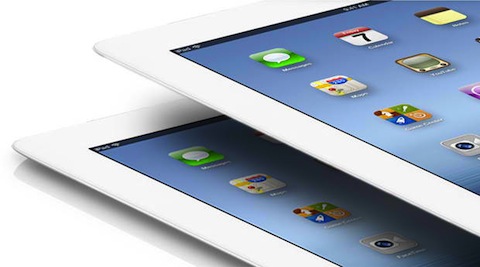
DocScanner app for iOS devices is the number one example of a mobile app whose update has gone bad — indeed very bad.
When we talk about software updates (or upgrades), generally we expect improvements from the old version, may they be major enhancements in the interface and the whole software experience or just simple tweaks like bug fixes and/or patches.
But not in the case of DocScanner. In the Apple iTunes Store alone, the customer ratings has gone from a 4-5 stars to 1 star since the update from version 5.x.x to 6.0.x.
Before the update to version 6, DocScanner is one app I used to brag to peers and demonstrate the power of a smartphone, especially the iPhone. But now that great app is gone.
From my experience, here are the factors that convinced me this was the worst update ever: Check out the factors after the jump »





